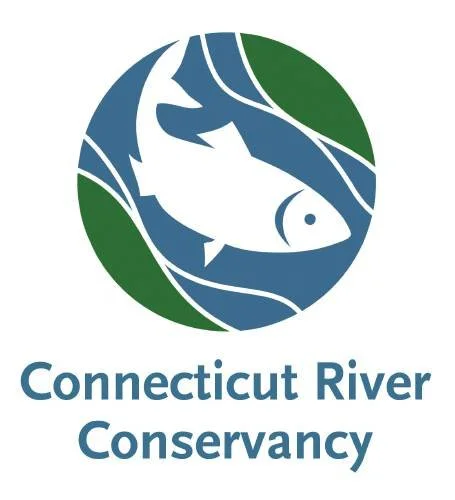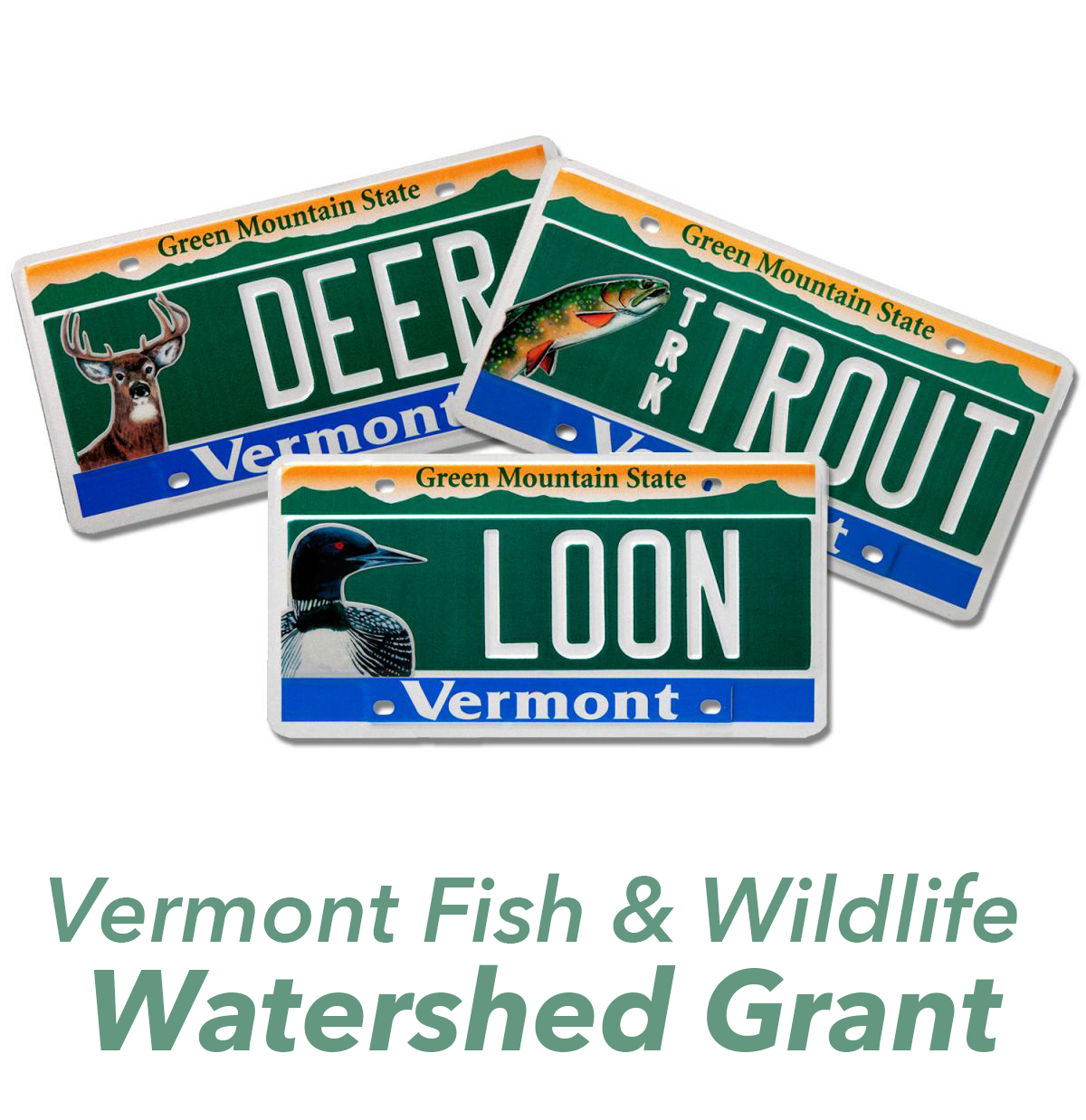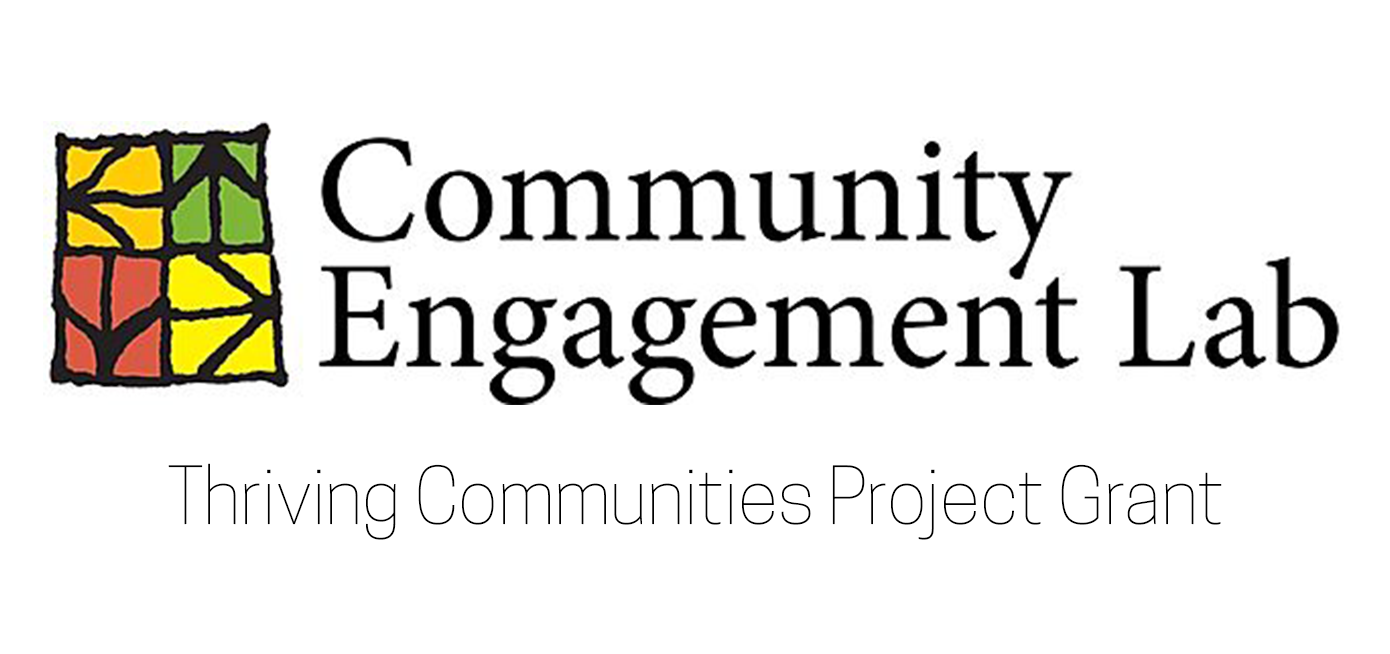
-

Place
Place is what connects us, whether we have ancestry here or moved here for this place and community. Integrating education from both Abenaki cultural knowledge and environmental science forms a balanced lens called “two-eyed seeing”. The future health of this floodplain, waterways and all of its inhabitants relies on this balanced view and approach.
-

Education
In 2022 & 2023, Vermont teaching artists spent 6 weeks at Academy School with 4th and 6th graders studying the Whetstone Brook. Together we made maps, baskets, posters and land acknowledgments, telling the “Stories of the Land.” On the final day we invited the school and community members to our Water Way(s) Expo to share our learnings and art. In 2024 & 2025 we brought the residency to 4th graders at Green Street.
-

Participation
Water Way(s) offers distinct ways to engage, learn and create as a community on the Whetstone Brook. The list of collaborative and fun ways we can come together is growing.
Since 2022, the Connecticut River Conservancy has collaborated with us on a series of community events for the whole family.
place-based community engagement for us all
Indigenous knowledge, ecological education and local oral histories form the foundation of our community arts engagement—building connections to our past and present, and guiding us to a resilient and equitable future for ourselves and our natural environment.
Big changes have been made at Melrose Terrace in the center of West Brattleboro! The buildings sited along the Whetstone Brook were removed, a box culvert was installed and the 5-acres have been restored as a floodplain. Along with greater community flood resilience, the floodplain offers many ways for you, your family and friends to engage in nature education, environmentalism, art-making, recreation, and community activities.
In 2023, the Town of Brattleboro and Vermont River Conservancy partnered to embark on a similar floodplain restoration project along the Whetstone Brook at 250 Birge Street—the site of an old lumber yard. You may have seen truck after truck remove gravel that filled the lot and raised the floodplain so it could no longer function the way nature had intended. By (re)lowering the floodplain, the river will be able to move and accommodate surges in water volume with less impact on folks up and downstream, as well as, return the Land to its natural flora and fauna habitat.
in collaboration with
Gedakina is a multigenerational endeavor to strengthen and revitalize the cultural knowledge and identity of Native American women and their families from across New England. We work to conserve our traditional homelands and places of historical, ecological, and spiritual significance and to educate others as to their importance.
Connecticut River Conservancy is the voice for the Connecticut River watershed, from source to sea. We collaborate with partners across four states to protect and advocate for your rivers and educate and engage communities. We bring people together to prevent pollution, improve habitat, and promote enjoyment of your river and its tributary streams. Healthy rivers support healthy economies.
It is the mission of Brattleboro Housing Partnerships to ensure the provision of quality affordable housing opportunities in viable communities for lower income households.
Bonnyvale Environmental Education Center fosters experiences that inspire connection to the natural world and its many inhabitants. BEEC’s long-term vision is of a day when humans are wiser, and again live harmoniously on a planet rich in nature.
The Vermont River Conservancy works to permanently conserve and protect special lands along the waters of Vermont. Among their objectives is protecting access to lands along the waters of Vermont for recreation and education.
Across the street from the Whetstone Brook at Melrose Terrace, Academy School students participated in project-based and site-based learning. Their curriculum focused on integrated indigenous, ecological and environmental watershed studies in Spring 2022 & 2023, culminating in student-led community events about the Whetstone Brook.
artists + educators
Educator, designer and community activator Erin Maile O’Keefe leads the teaching team, curriculum design and community engagement for the Water Way(s) Project.
Abenaki teaching artist, educator and elder Judy Dow teaches indigenous ways of knowing, seeing and living through storytelling and cultural arts, and has been integrating ethnic studies across core curricula in our area schools. She also leads Gedakina—a Vermont-based nonprofit that supports indigenous women and families in the Northeast.
River Steward Kathy Urffer of the Connecticut River Conservancy leads community watershed education and river engagement in Southern Vermont.
State Representative and local teaching artist Mollie Burke uses the practice of mapmaking with students, so they can tell the many stories of the Land.
Bonnyvale Environmental Education Center educator Kristina Weeks opens students to the world of aquatic macroinvertebrate organisms living in the Whetstone Brook.
Local visual artist Briony Morrow-Cribbs is the hand of the beautifully illustrated map of the Whetstone, that features nature, plants and wildlife of our watershed.
Ask the River visual artist Evie Lovett guides communities in a co-authored cyanotype process on silk. For Water Way(s) we will weave oral histories of the Whetstone watershed as told by elders in a “Waterway of Stories”.
This project is made possible thanks to the generous support from:

“For decades the Whetstone Brook has been one of our favorite places to teach about stream ecology and the importance of waterways. We are excited about the opportunities to do more as this part of the Whetstone is set free and as space is created for the community. We especially look forward to having an aquatic study site so close to Academy School where we provide regular science programming!”
— Patti Smith, naturalist, Bonnyvale Environmental Education Center”











